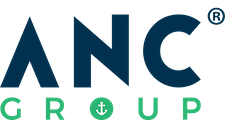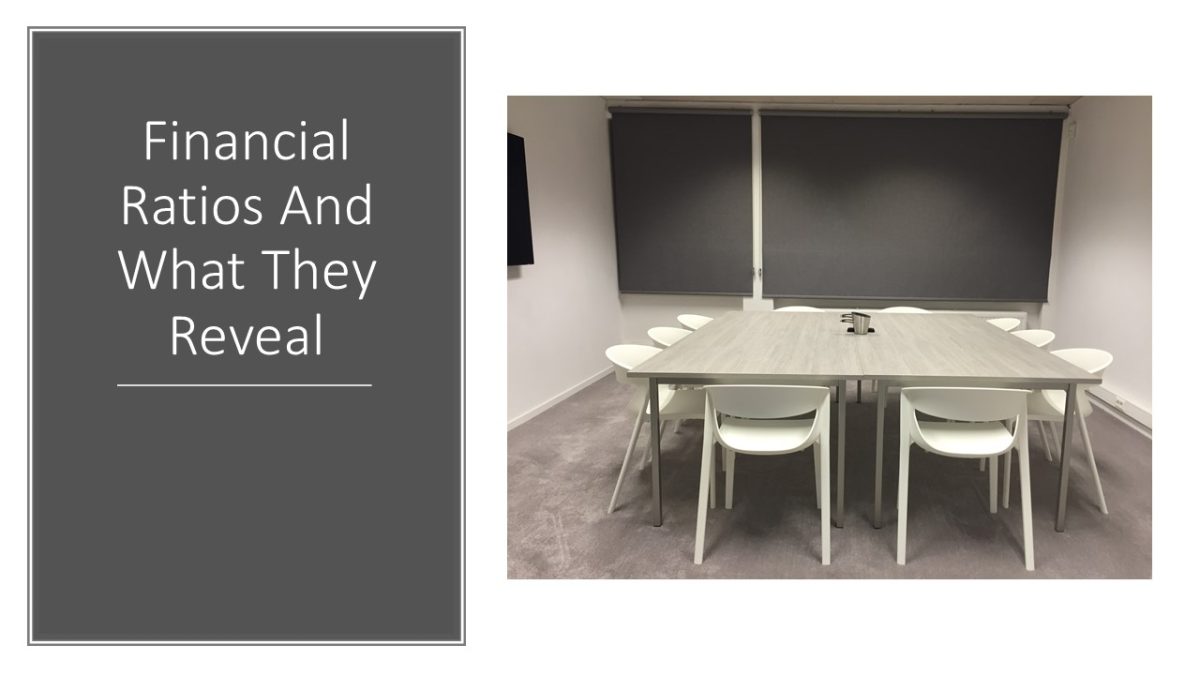Financial Ratios
The purpose and importance of ratio analysis are to evaluate or analyze the financial performance of the company in terms of risk, profitability, solvency, and efficiency. It helps us to understand the health condition of a company by getting the information from financial statements.
Profit Margin
There are 2 kind of profit margin in the income statement which are gross profit margin and net profit margin. Both of these margin is to determine the amount of the company able to earned after deduction of the cost.
Gross Profit Margin
Gross profit margin = Gross Profit / Revenue x 100%
It is the margin that you earned for every single product that you sell.
Net Profit Margin
Net profit margin = Net Profit / Revenue x 100%
It is the margin that you earned after all the expenses incurred in the business as a whole.
Do take note that not all profit that you earned will go to you, as you need to reserve a portion of it for corporate tax, which is 24% in Malaysian context.
Liquidity Ratios
Liquidity ratios is determine whether the company able to meet is short-term obligation. There are 2 methods to determine the liquidity of the company which is current ratio and quick ratio.
Current Ratio
Current Ratio = Current Assets / Current Liabilities
A company’s current ratio provides an assessment of the company’s ability to pay off its current liabilities using its current assets.
For example ANC’s cash is RM 40,000, trade receivable RM 60,000, stocks in hand RM 100,000 and its current liabilities is also standing at RM 200,000.
(RM 40,000+RM 60,000+RM 100,000)/RM 200,000 = 1
This indicate that the current assets now match with its current liabilities and it shouldn’t have any trouble handling its financial obligations over the next course of 12 months.
Quick Ratio
Quick Ratio = Current Assets – Inventory / Current Liabilities
The calculation of quick ratio excludes inventory balances. This is done in order to provide worst-case-scenario assessment. If we apply this equation to the same example for current ratio mentioned above:
(RM 200,000 – RM 100,000) / 200,000 = 0.5
The 0.5 indicates that company needs to maintain at least higher sales in order to satisfy its liabilities.
Although the financial statement of a company can show how much net profit a company earns, it does not tell you the whole story in terms of how profitable a company really is. That’s why these two ratios are very crucial.
Profitability Ratios
Profitability ratios consist of return on assets (ROA) and return of equity (ROE). Both is to determine the contribution of assets or equity to generate the net income.
Return on Assets
ROA = Net Income / Total Assets x 100%
A company’s return on assets shows you the company’s profitability in comparison to the company’s size, by measuring its assets. This ratio tend to ask the business how efficiently a company using its assets to generates its profits?
For example, your company has net income of RM 90,000 and total assets of RM 500,000.
RM 90,000/RM 500,000 x 100% = 18%
This shows that your company total assets able to generate 18% of the profits on that year.
Return on Equity
ROE = Net Income / Shareholder’s Equity
It compares to return on asset, return on equity is going on a entirely different playing field. It tend to as the business how efficient is the company using its investors’ money to generate profits?
For example, net income is RM 90,000 and total owner’s of equity is RM 300,000.
RM 90,000/RM 300,000 = 0.3
This shows that every dollar you invested able to generate RM 3.
Financial Leverage Ratios
It is to determine the company using the debt to finance its assets. There are two methods to determine the risk of the debt which is debt ratio and debt-to-equity ratio.
Debt Ratio
Debt Ratio = Liabilities / Assets
This shows what portion of a company’s asset is financed with debt.
For example, RM 50,000 of liabilities and assets is RM 120,000
RM 50,000/RM 120,000 = 0.4167 or 41.67%. This shows this company using 41.67% of debt to finance its assets.
Debt to Equity Ratio
Debt to Equity Ratio = Liabilities / Owner’s Equity
This shows the ratio of financing debt using capital from investors.
It is obviously very risky and unhealthy a company to be very highly leveraged, meaning it is finance largely by debts. On a flip side, you may gained from using leverage. The more leverage a company is, the greater its return on equity will be for a given amount of net income.
In other words, when the company’s debt-to-equity ratio increases, the company’s return on equity/ Return on investment increased as well, even though income remain the same. That is also why banks are the best friends of businesses.
However, being highly leveraged, which is more debt and less invest from shareholders is obviously a risky way to run a business.
Stock Effectiveness
It is to determine a company’s management in keeping the inventory by calculating the inventory turnover and inventory period.
Inventory Turnover
Inventory Turnover = cost of goods sold/ average inventory [(beginning inventory + ending inventory)/2]
The calculation of inventory turnover shows how many times a company’s inventory is sold and replaced over the course of a period.
Inventory Period
Inventory Period = 365/Inventory Turnover
Inventory period shows how long, on average, inventory is on hand before it is sold.
A higher inventory turnover and thus a lower inventory period shows the company inventory is selling quickly. This indicated that the management is doing a great job stocking products that are in high demand.
Collection Status
It is to determine a company in collection of money from their debtors by calculating receivable turnover and average collection period.
Receivable Turnover
Receivable Turnover : Credit Sales / Average Accounts Receivable
A company’s receivables turnover show show quickly a company is collecting upon its accounting receivable.
Average Collection Period
Average Collection Period = 365 / Receivables Turnover
Average collection period on the other hand is the actual average length of time that a receivable from a customer is outstanding prior to collection.
Obviously, higher receivables turnover and lower average collection period is everyone’s goal. If a company’s average collection period steadily increases from one year to another, it could be an indication that the company needs to address its policies in terms of when and to whom it extends credit when making a sale.
In conclusion, the use of financial ratios able to help us to determine the health of a company. There are more financial ratios to determine a company health to further interpret a company health. The more information about a company, the better in decision making.
If you need assistance in Business Process Outsource, please contact us at 011-1217 8183 or email us at admin@ancgroup.biz




